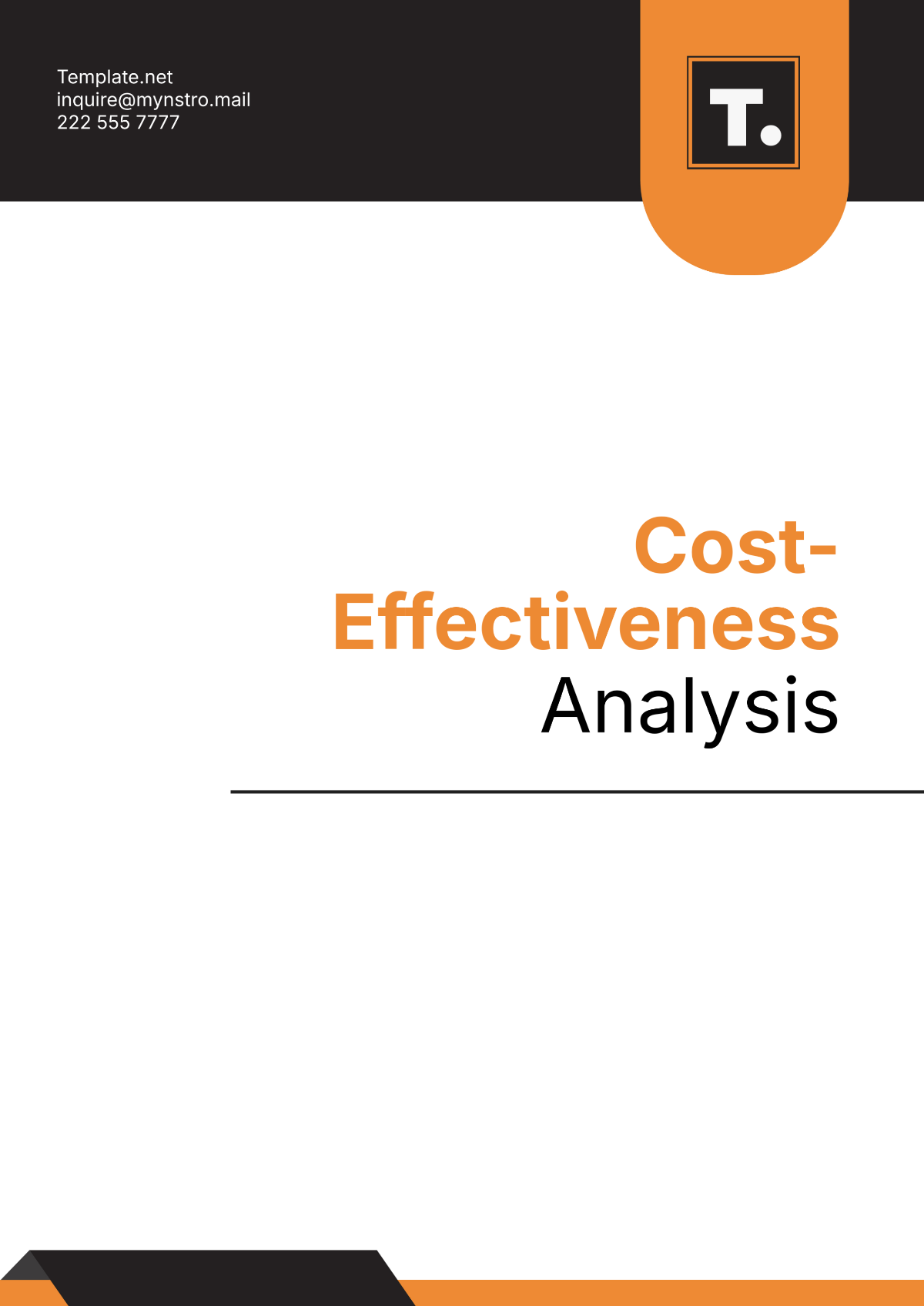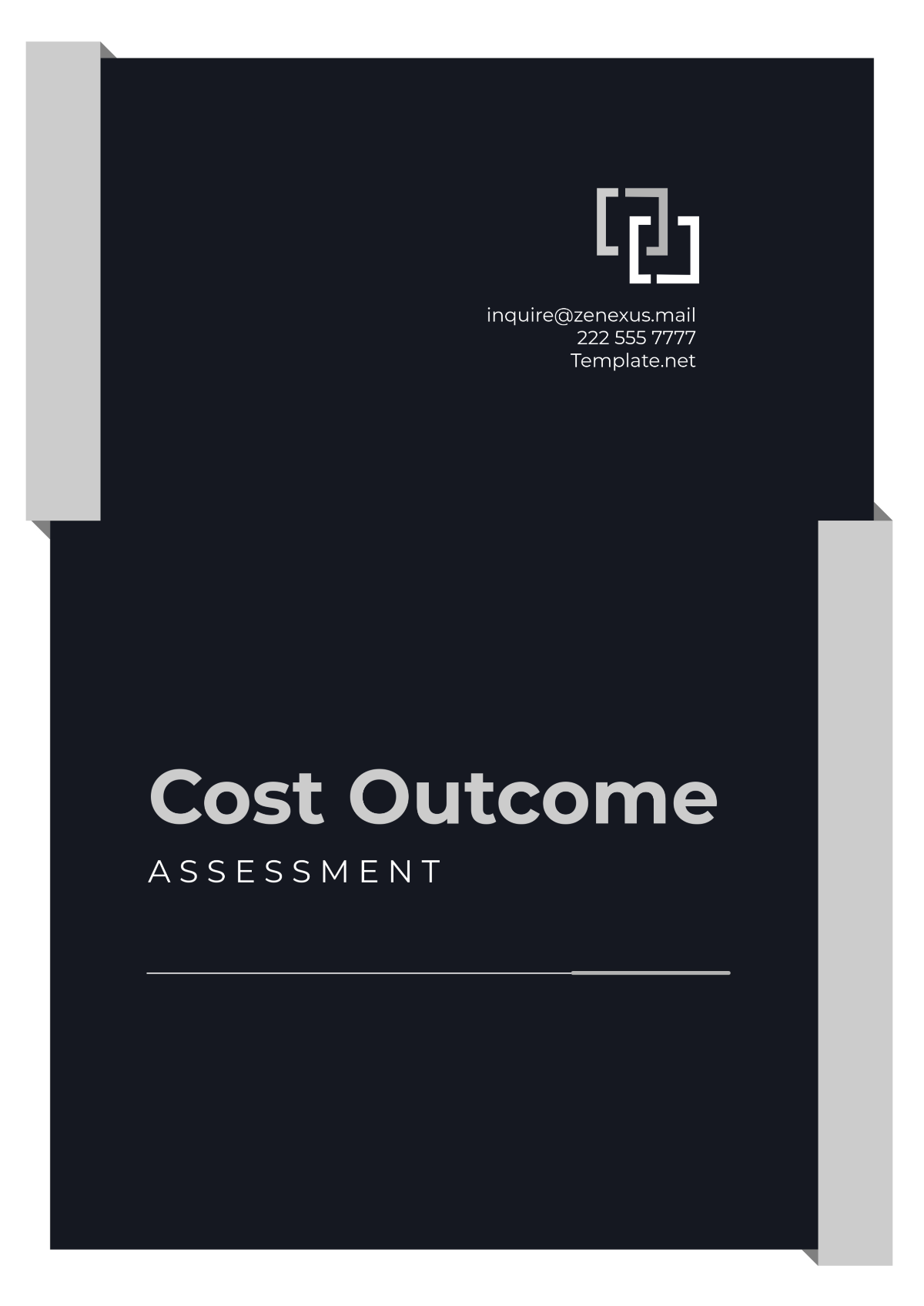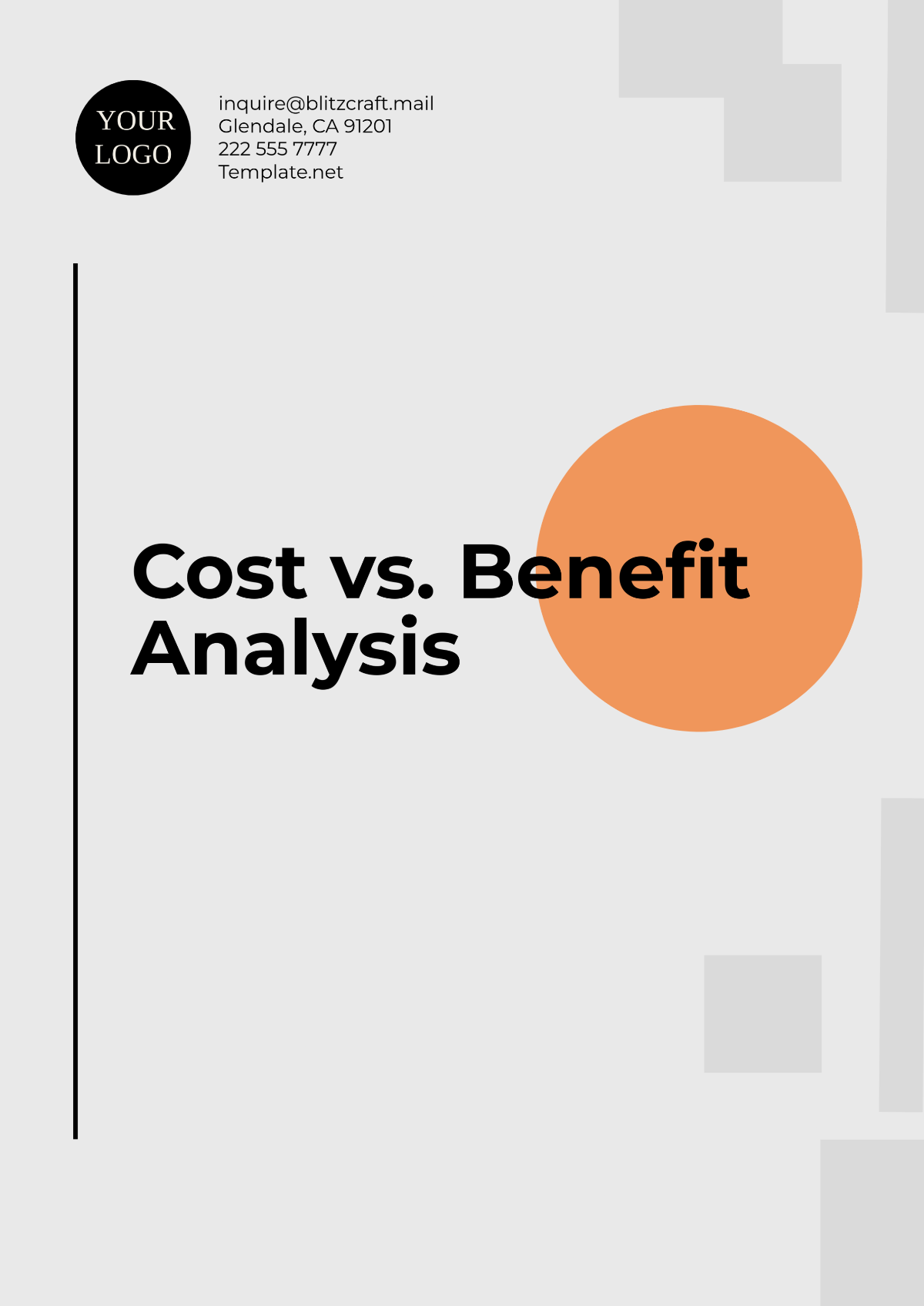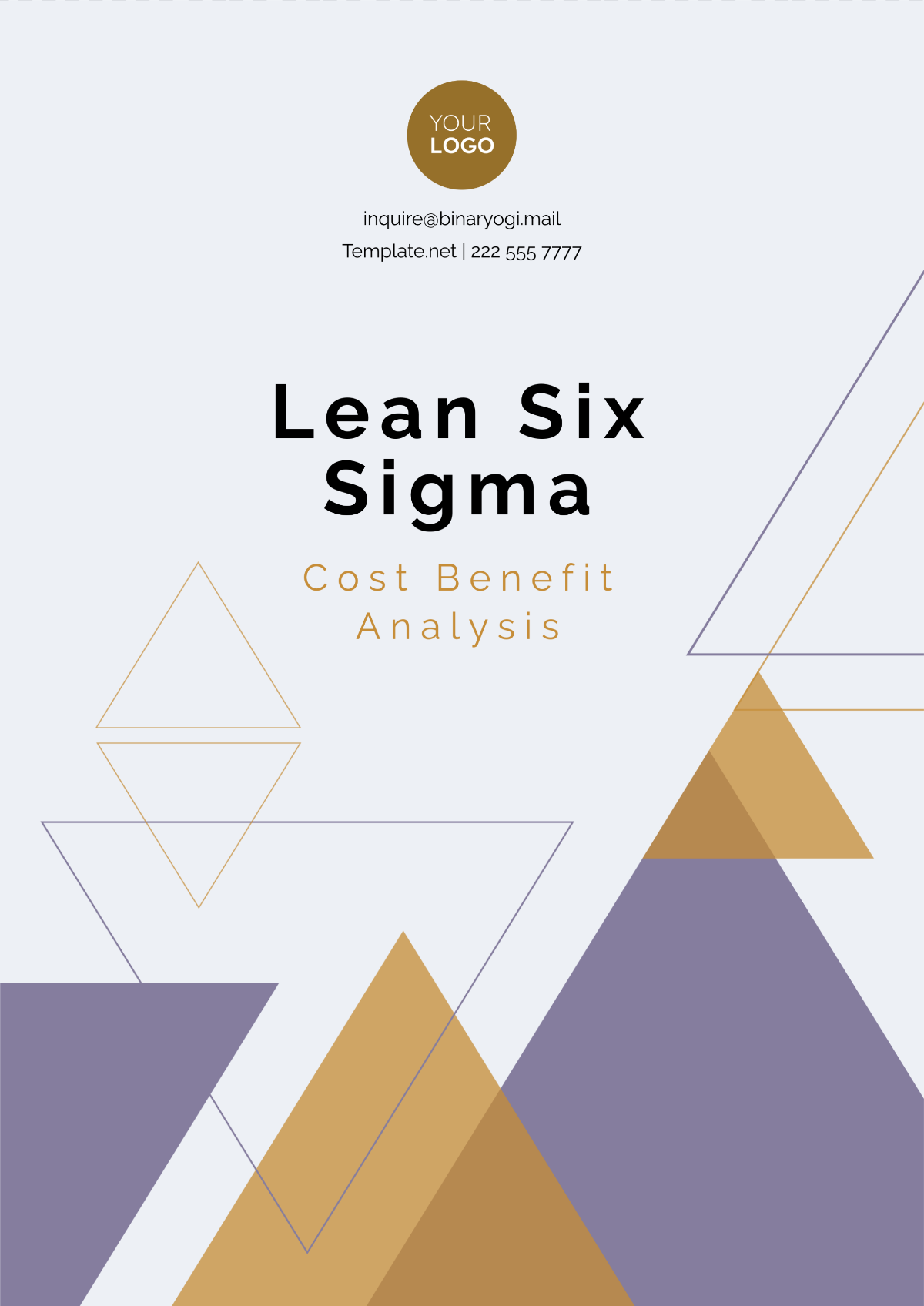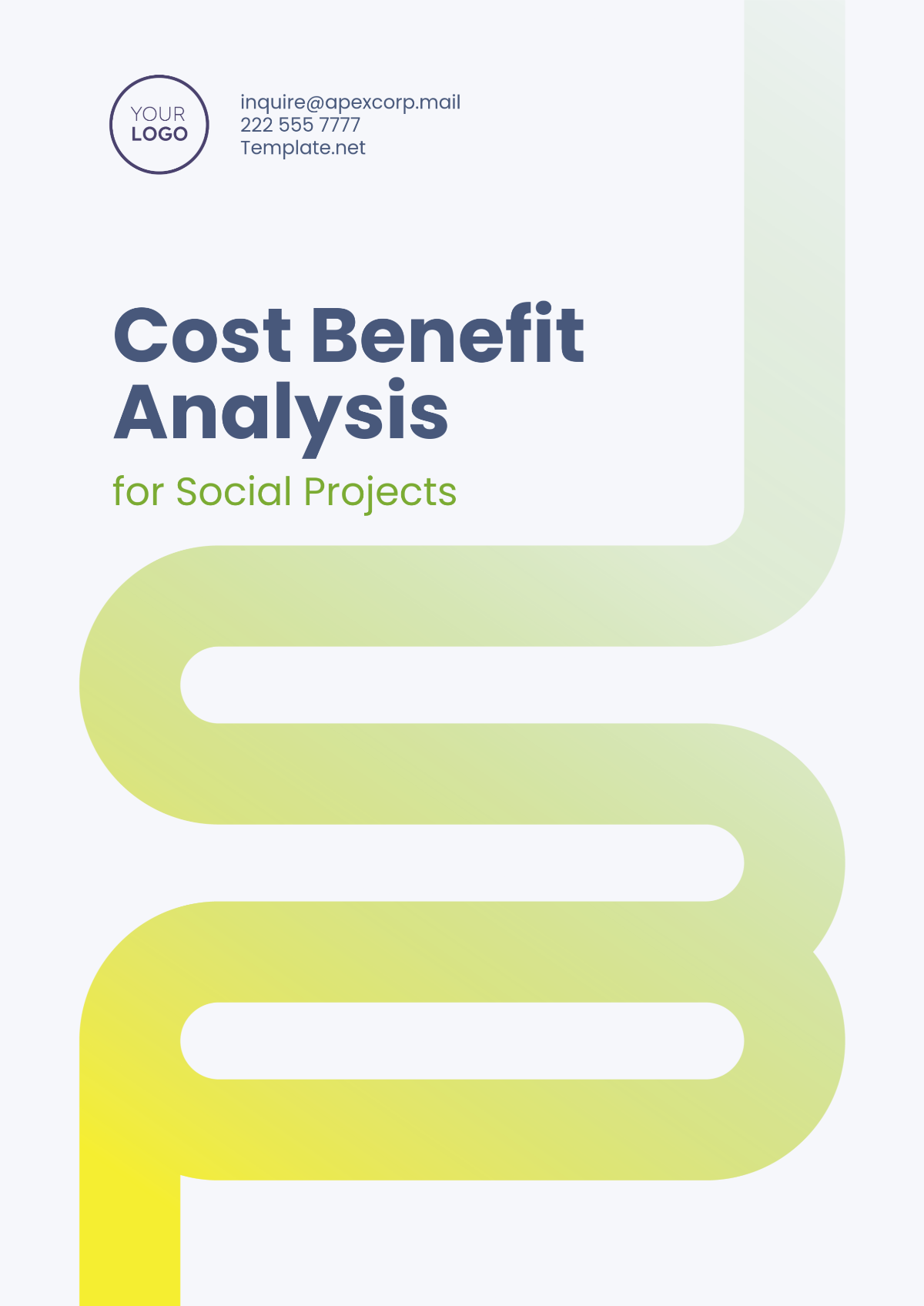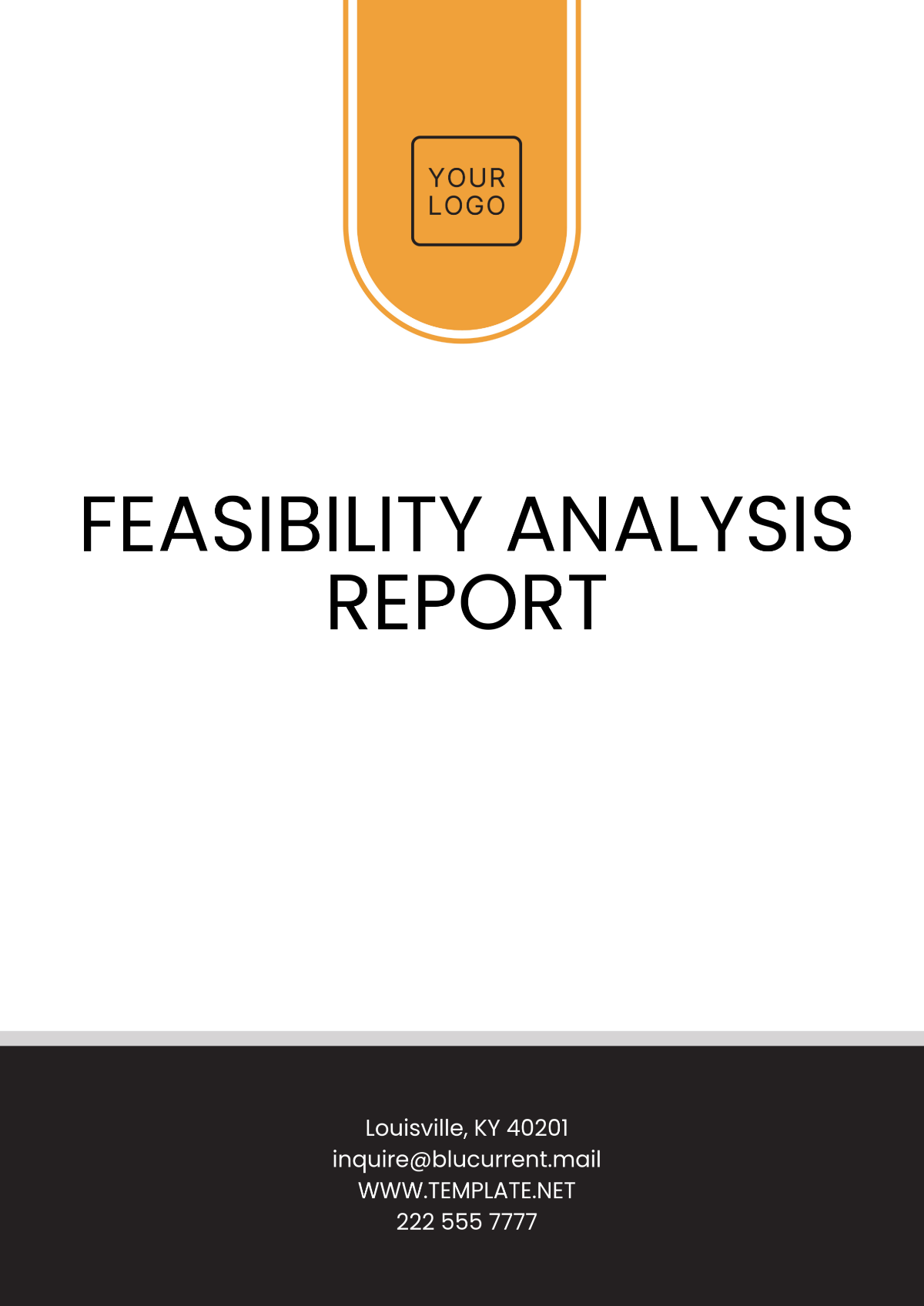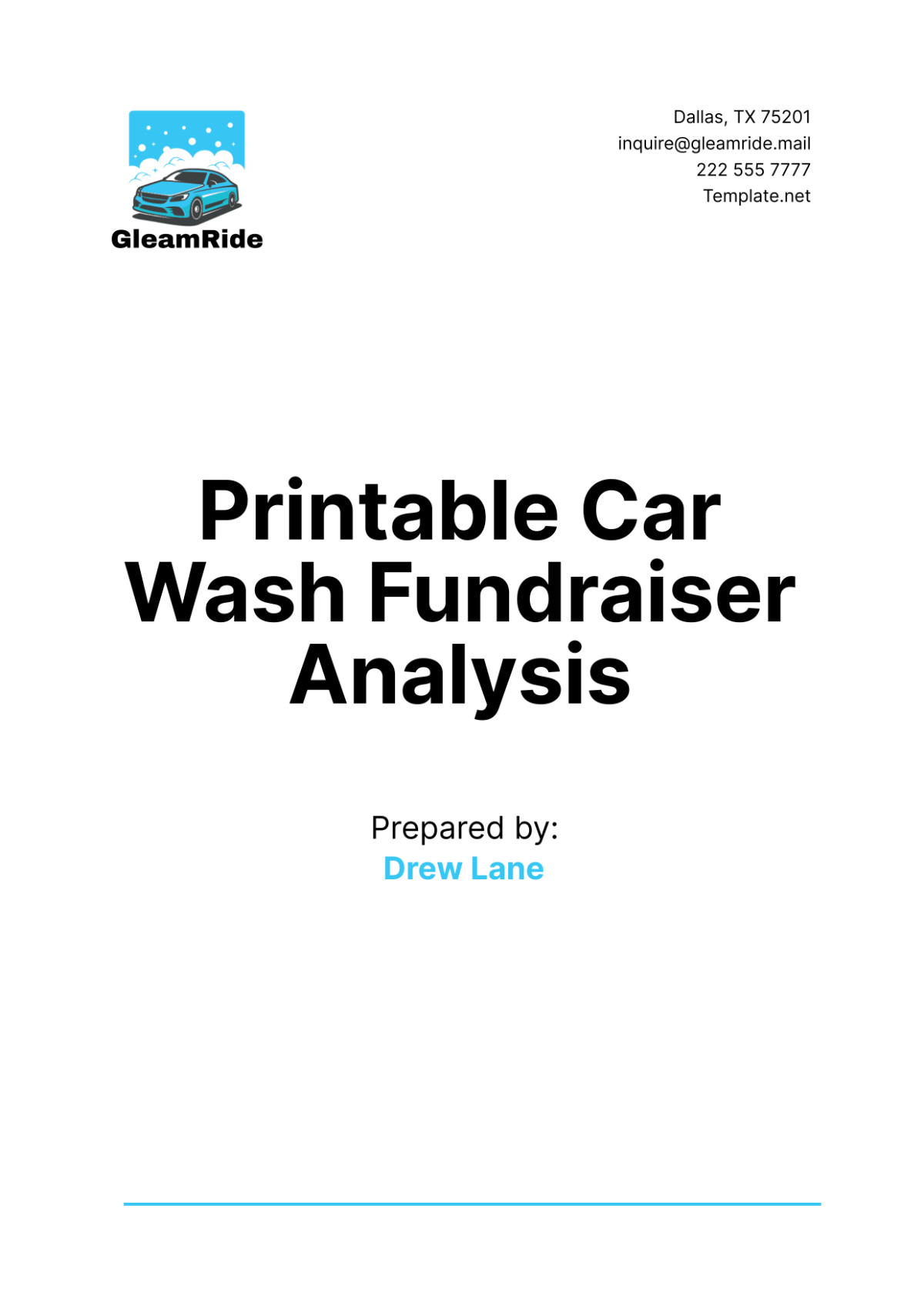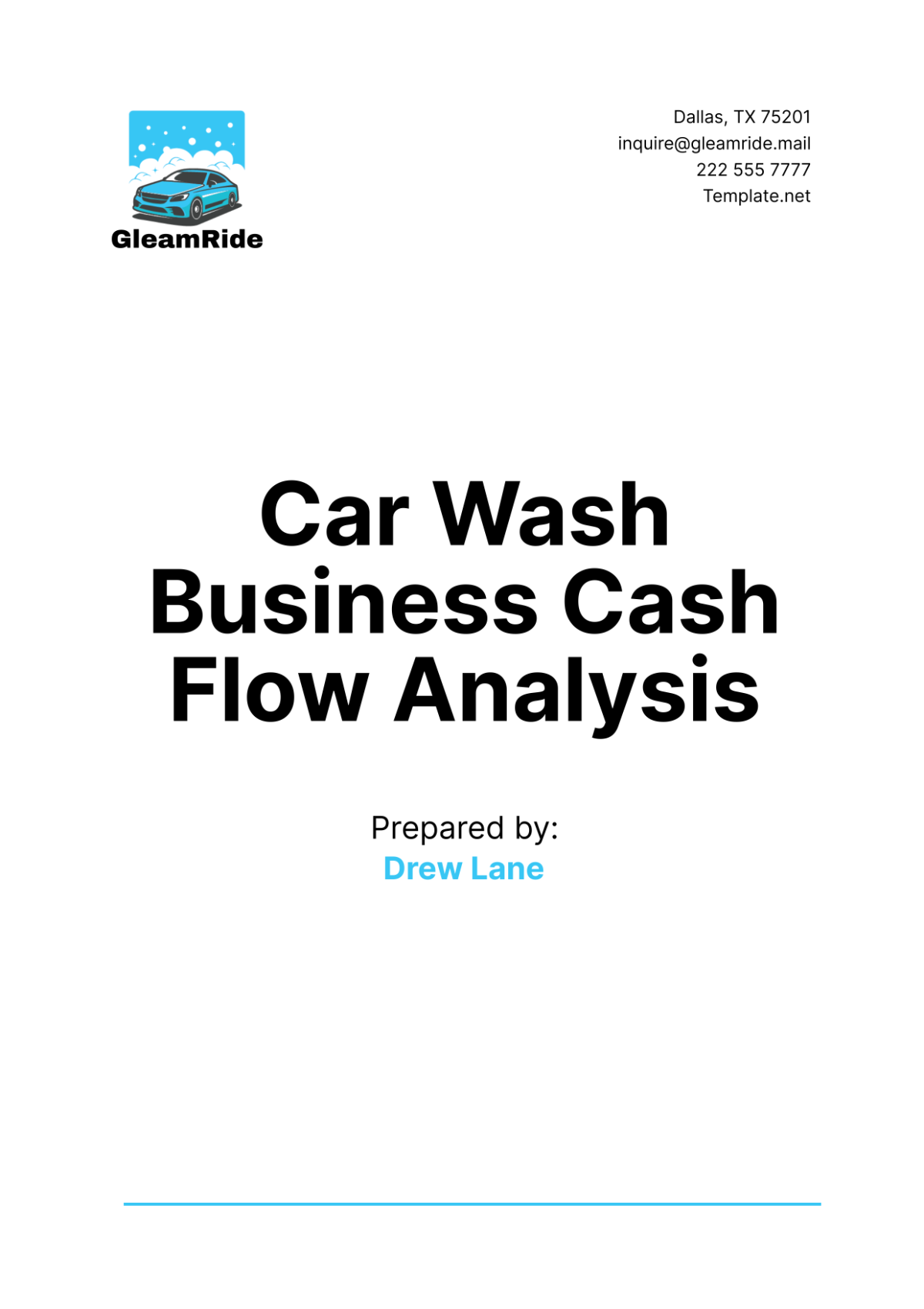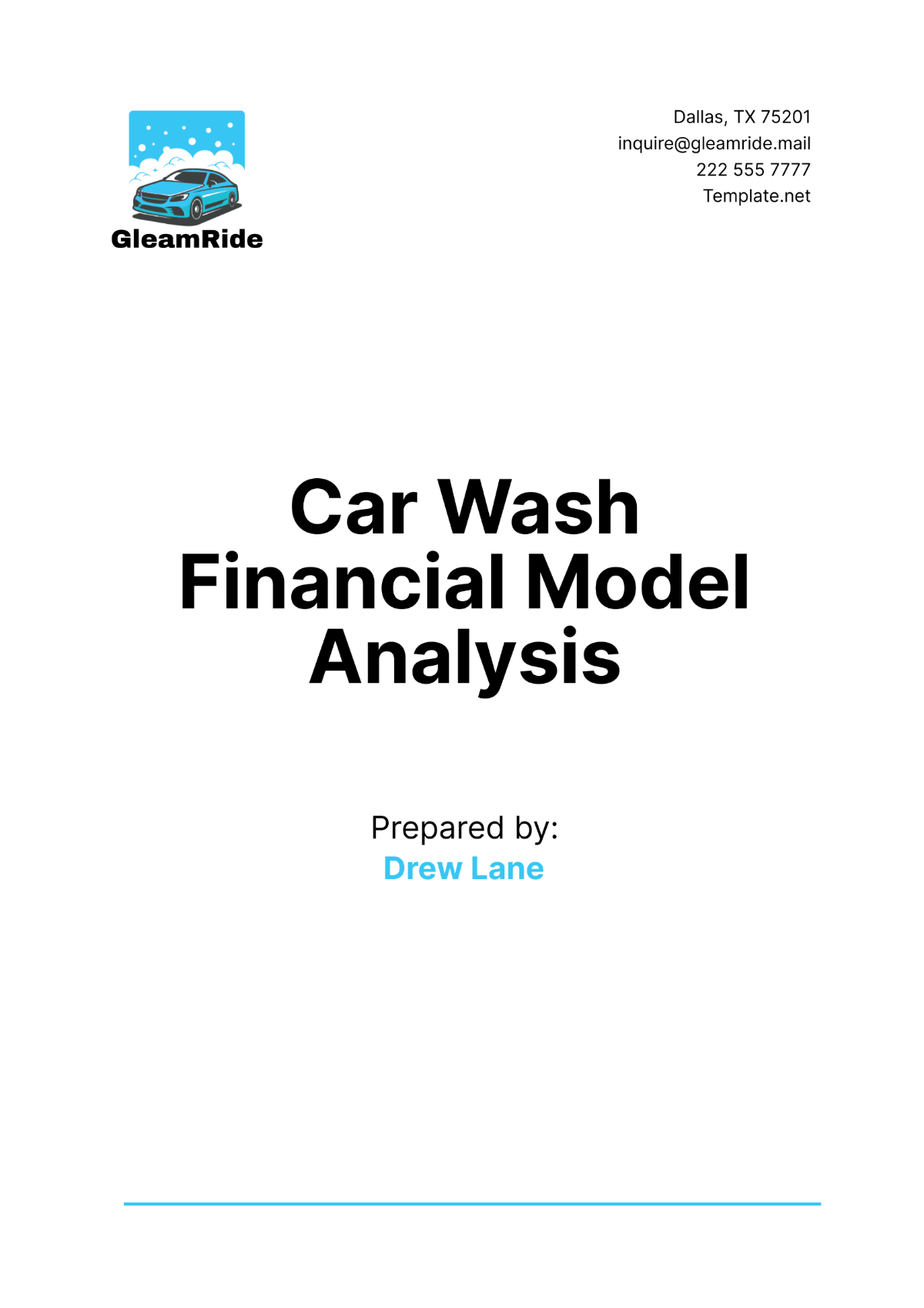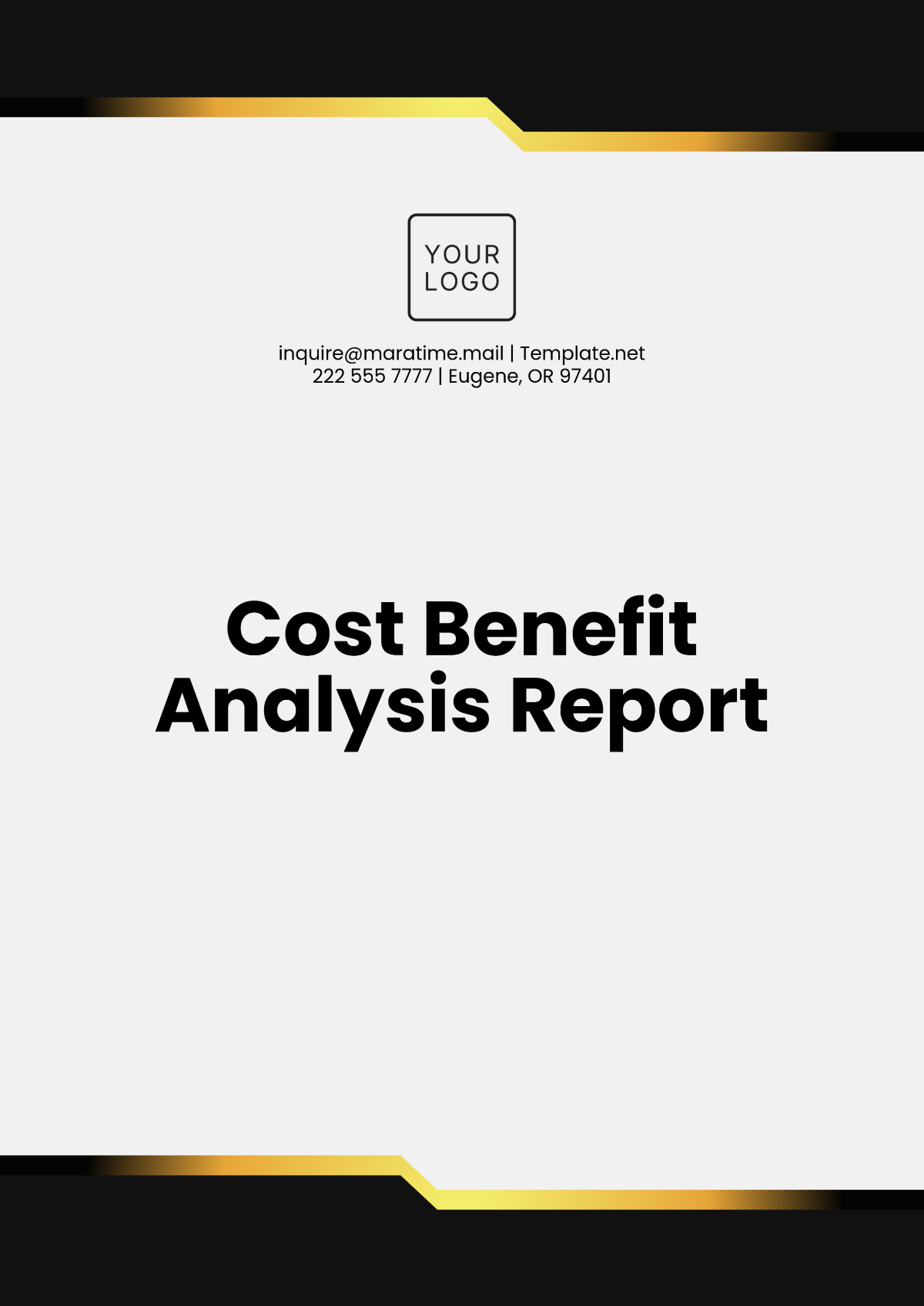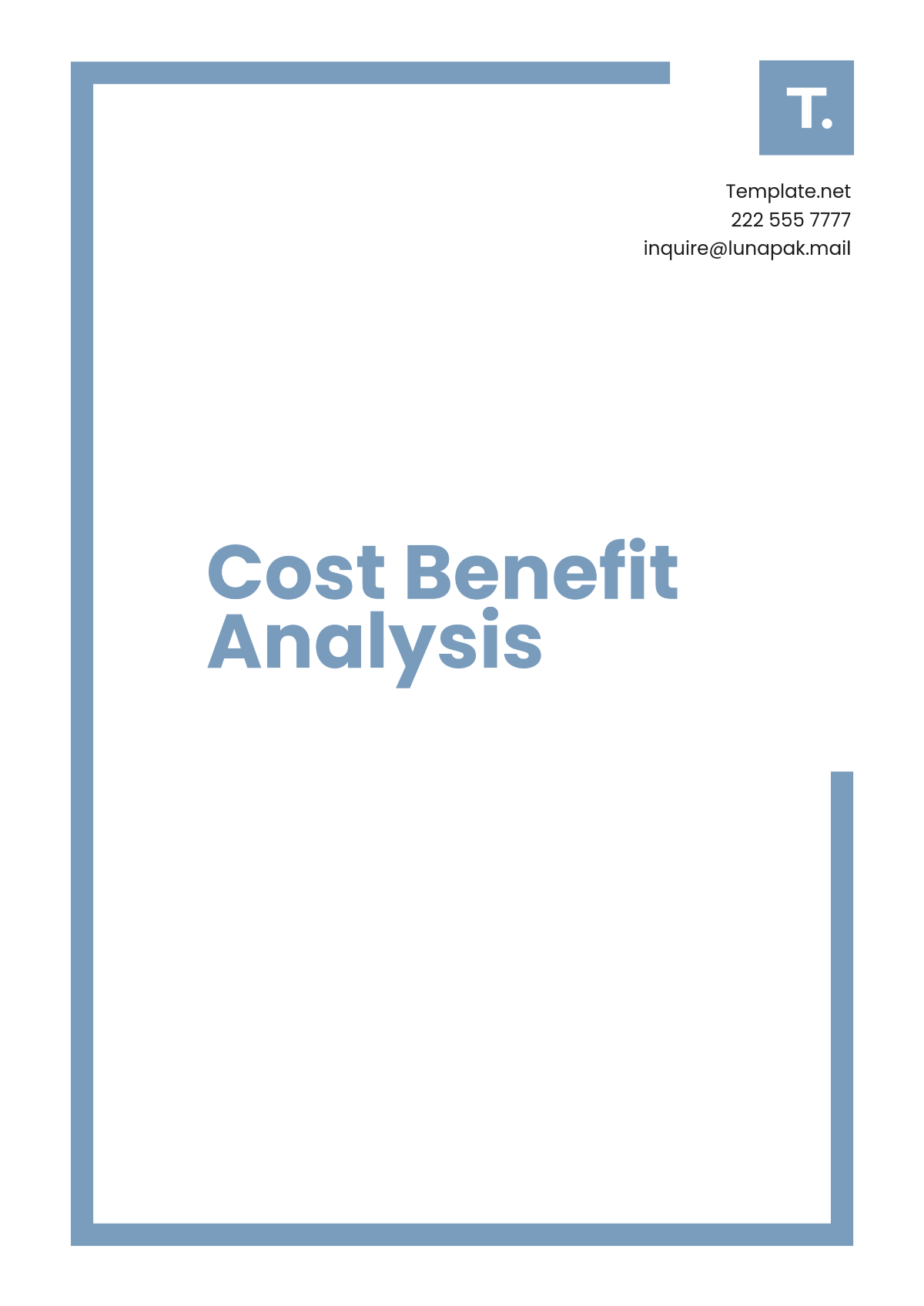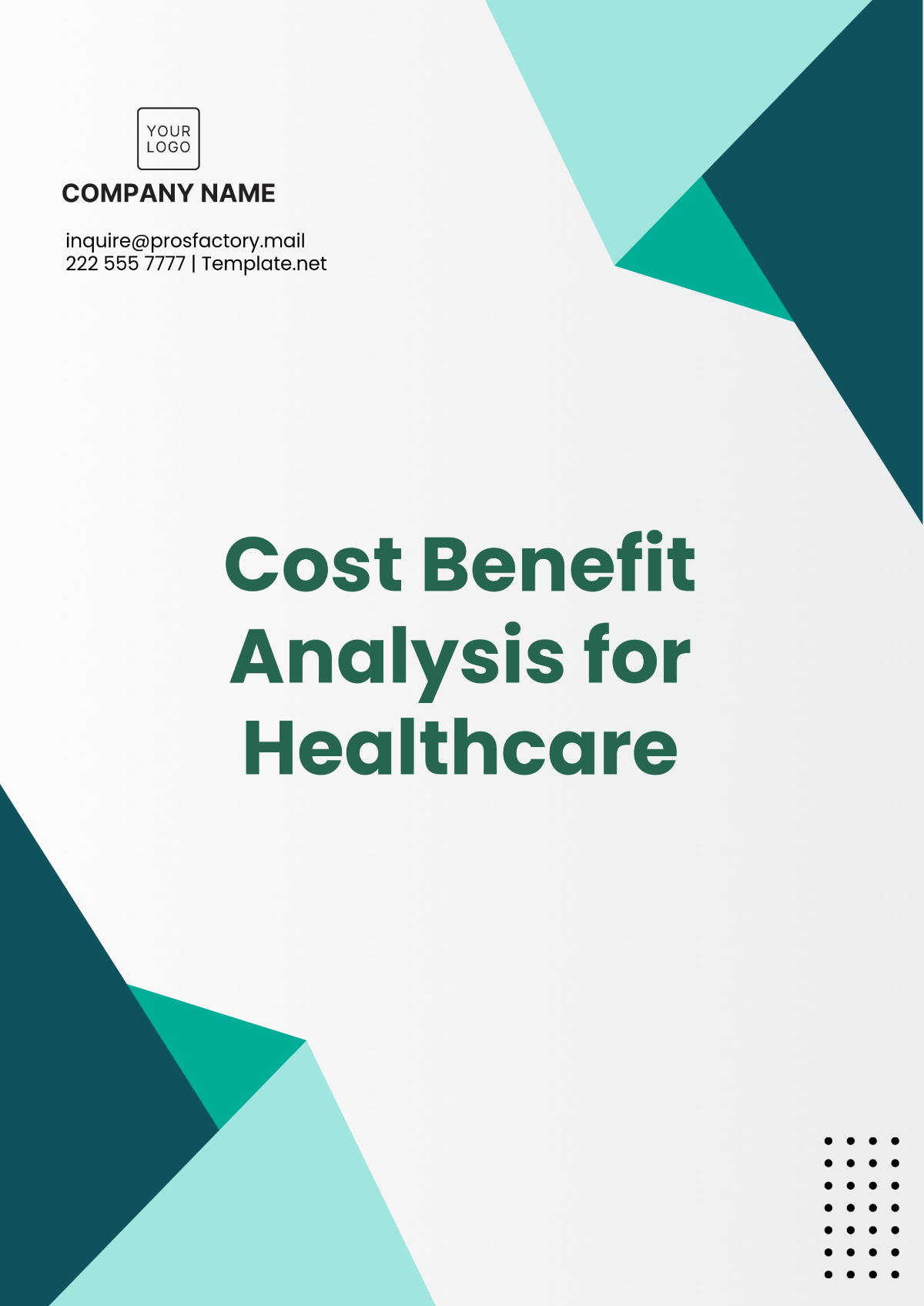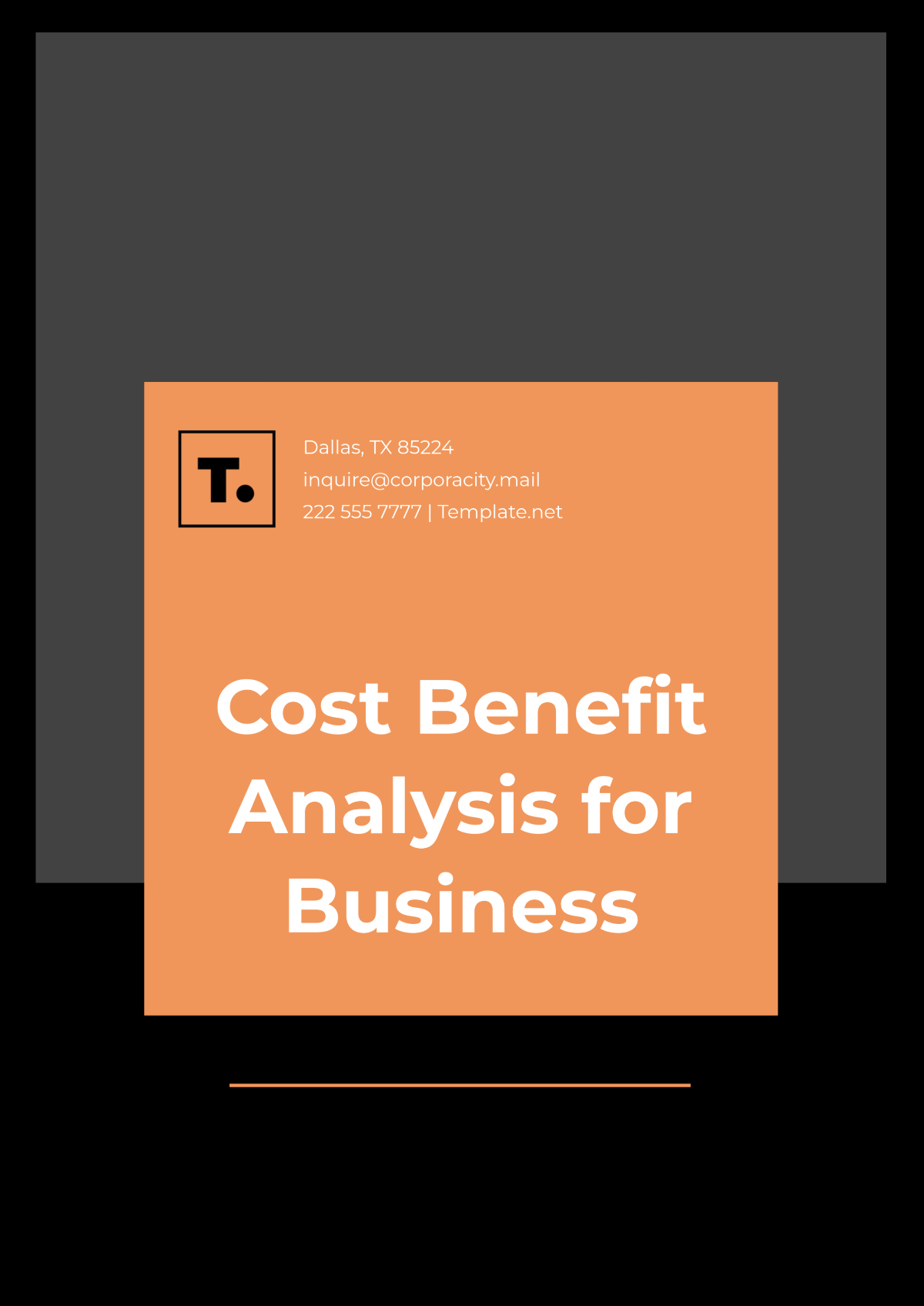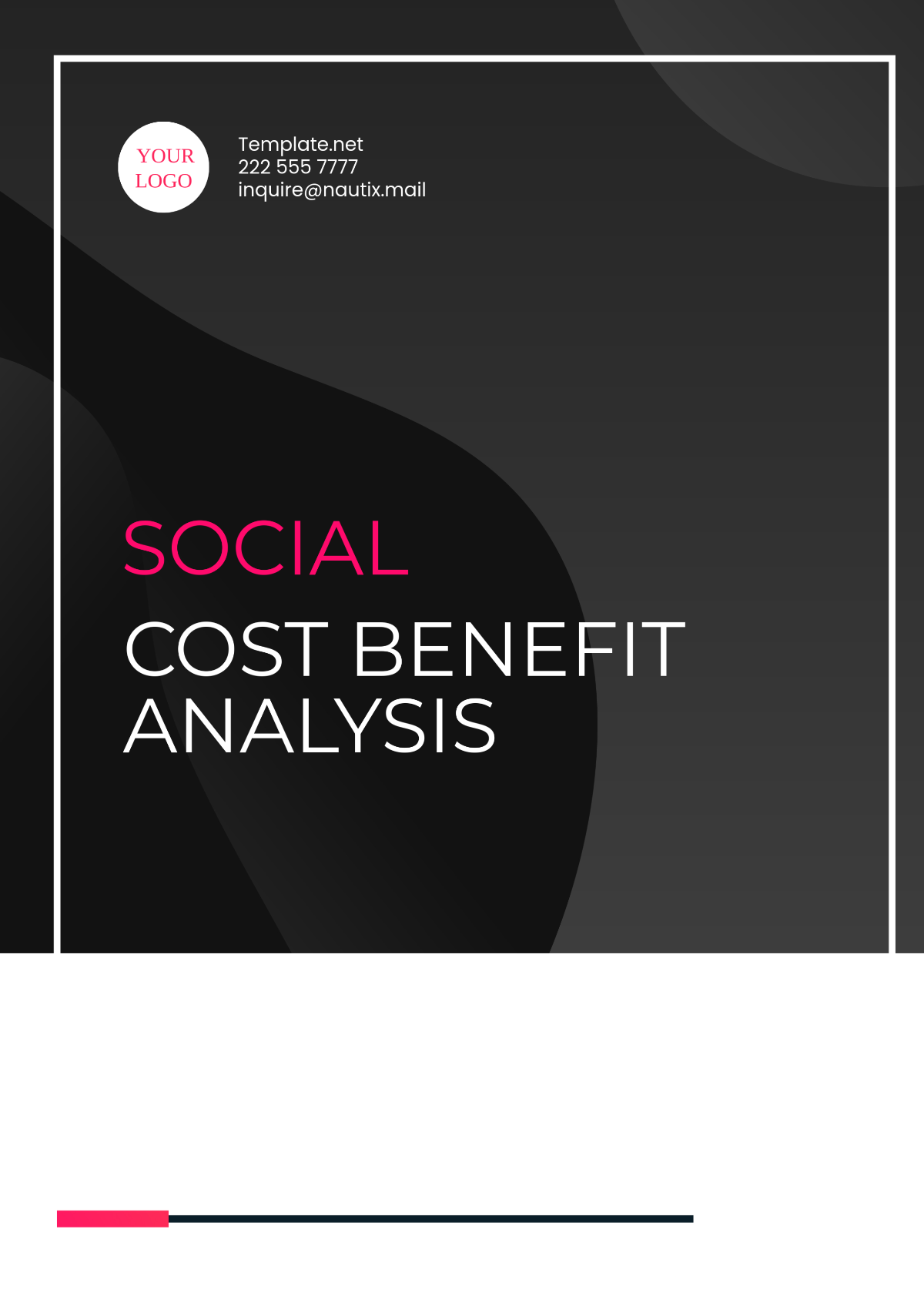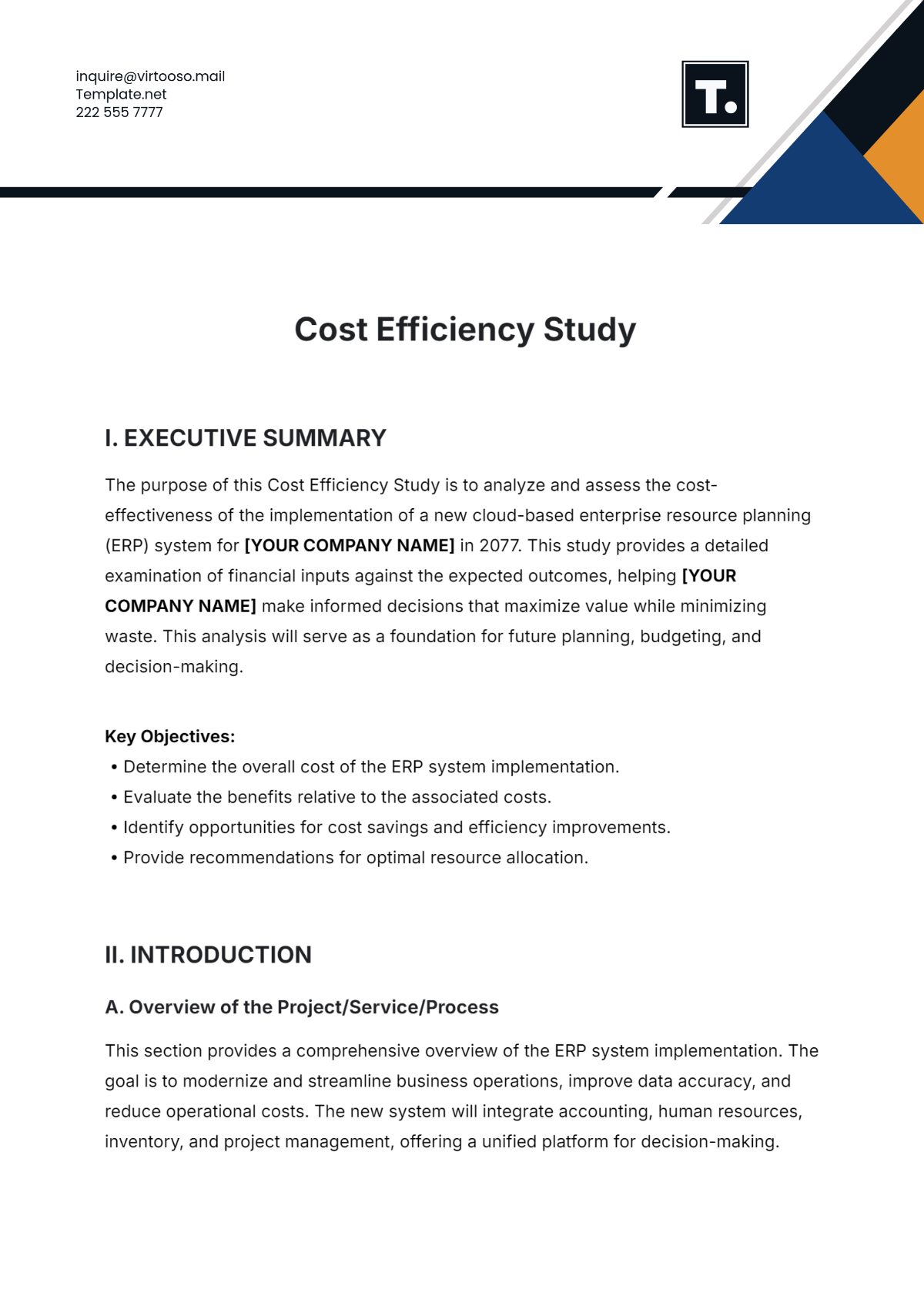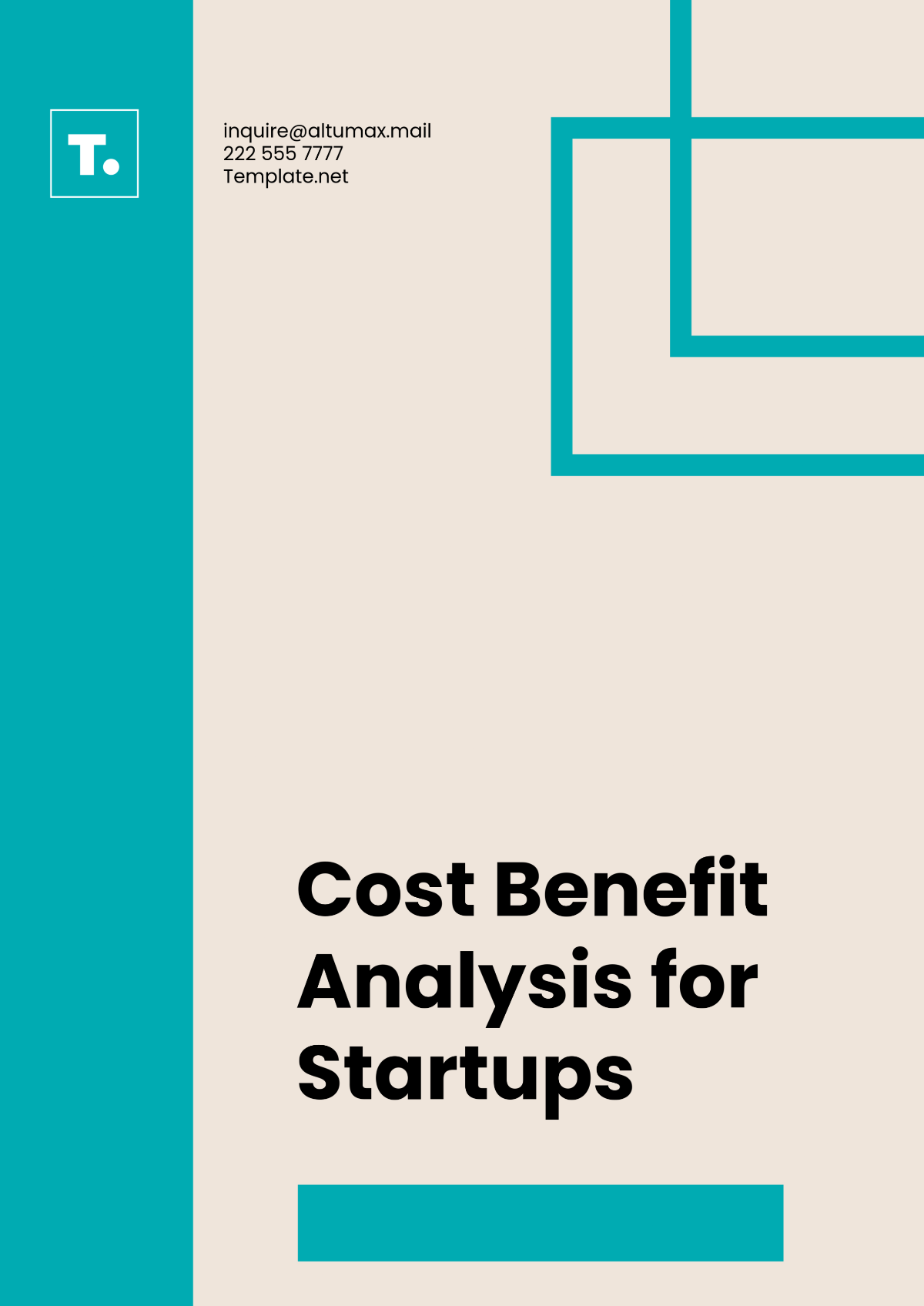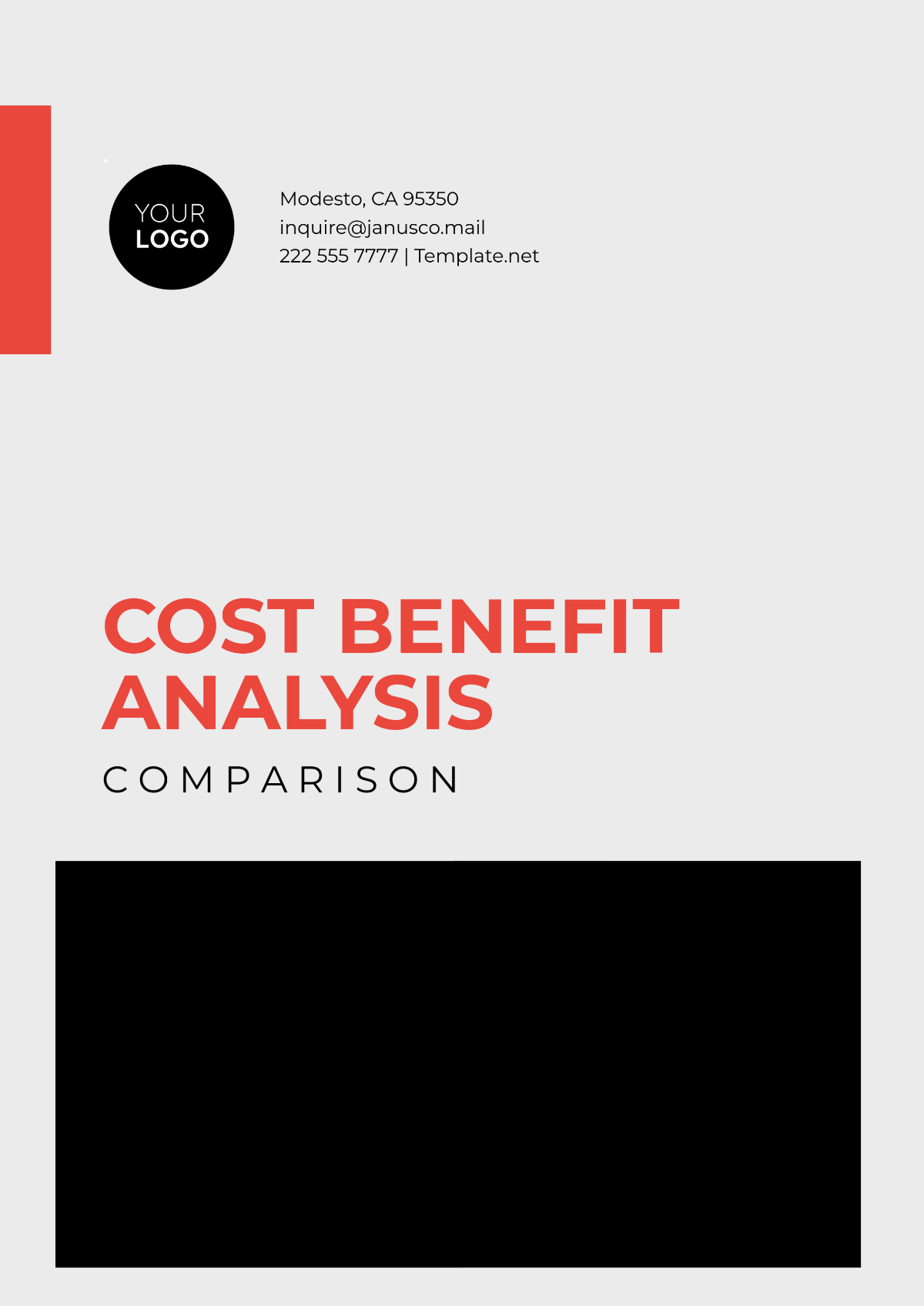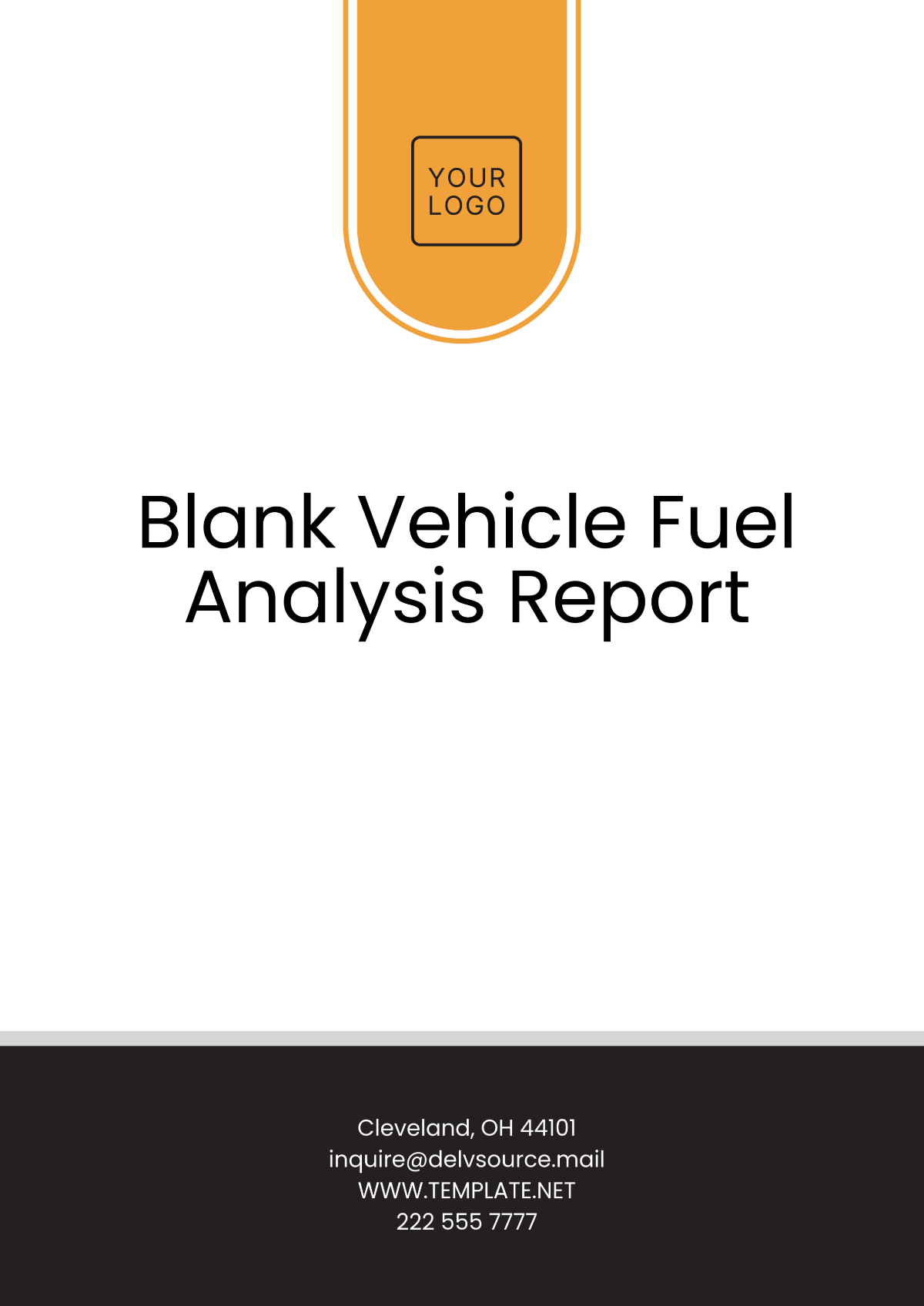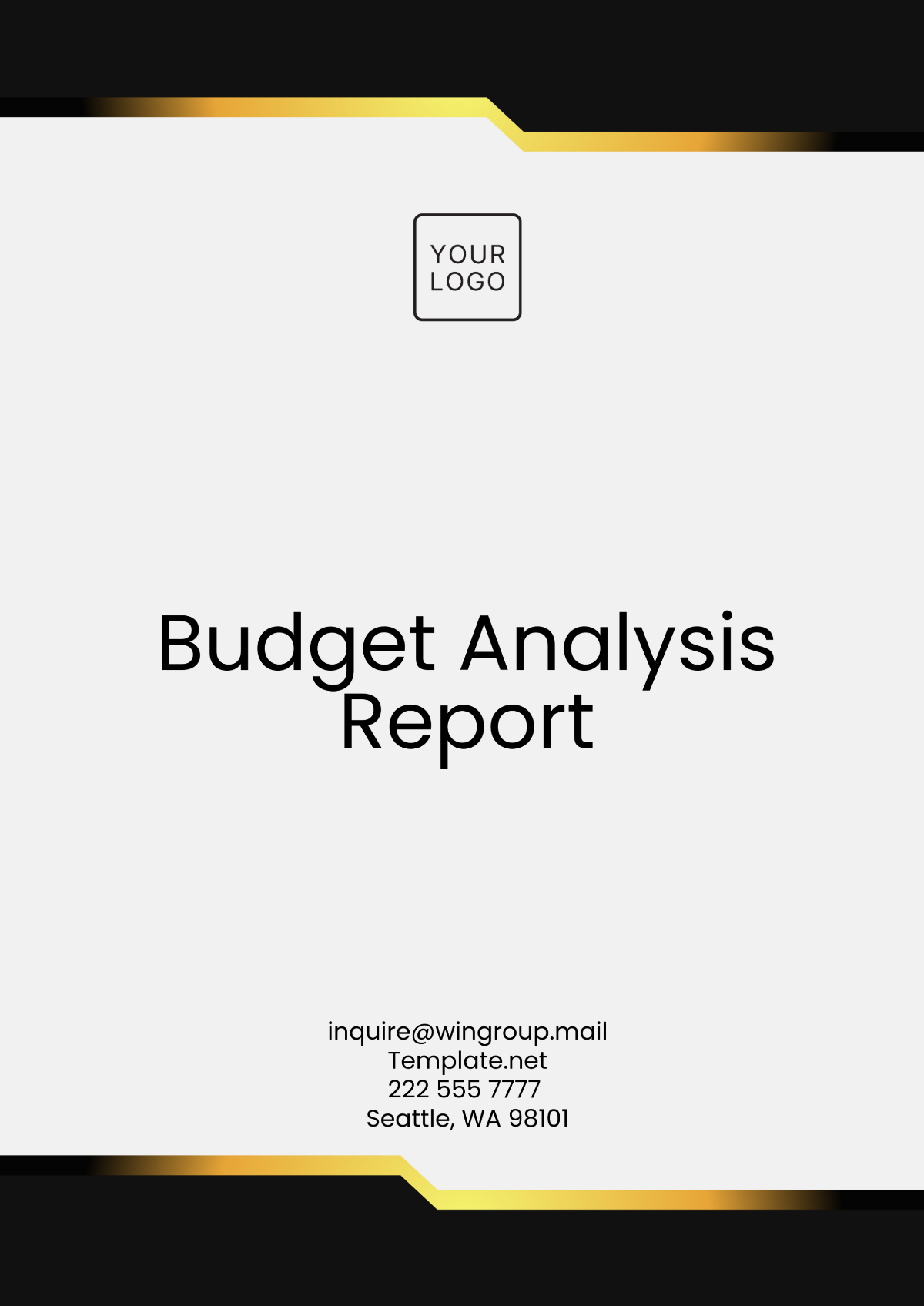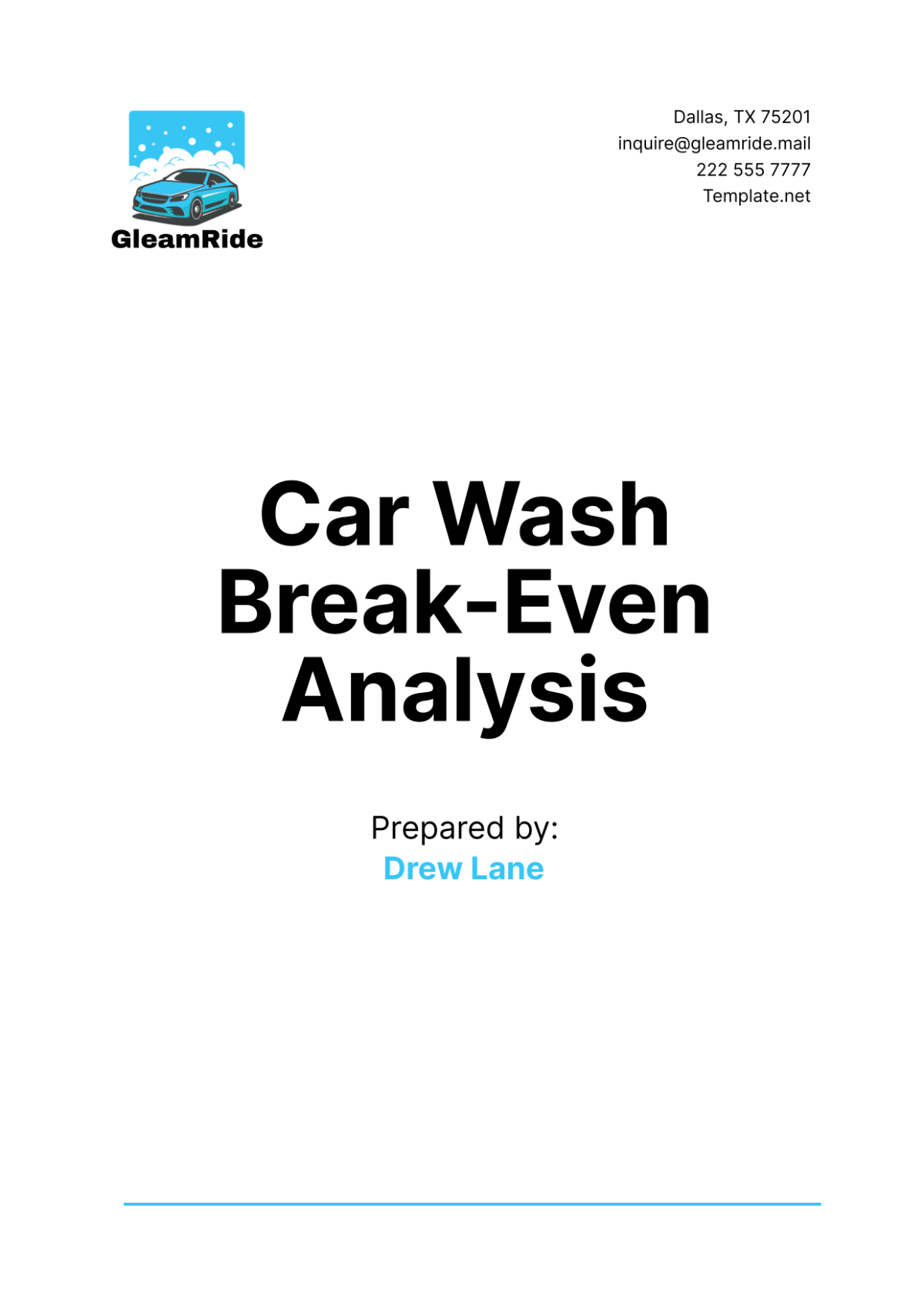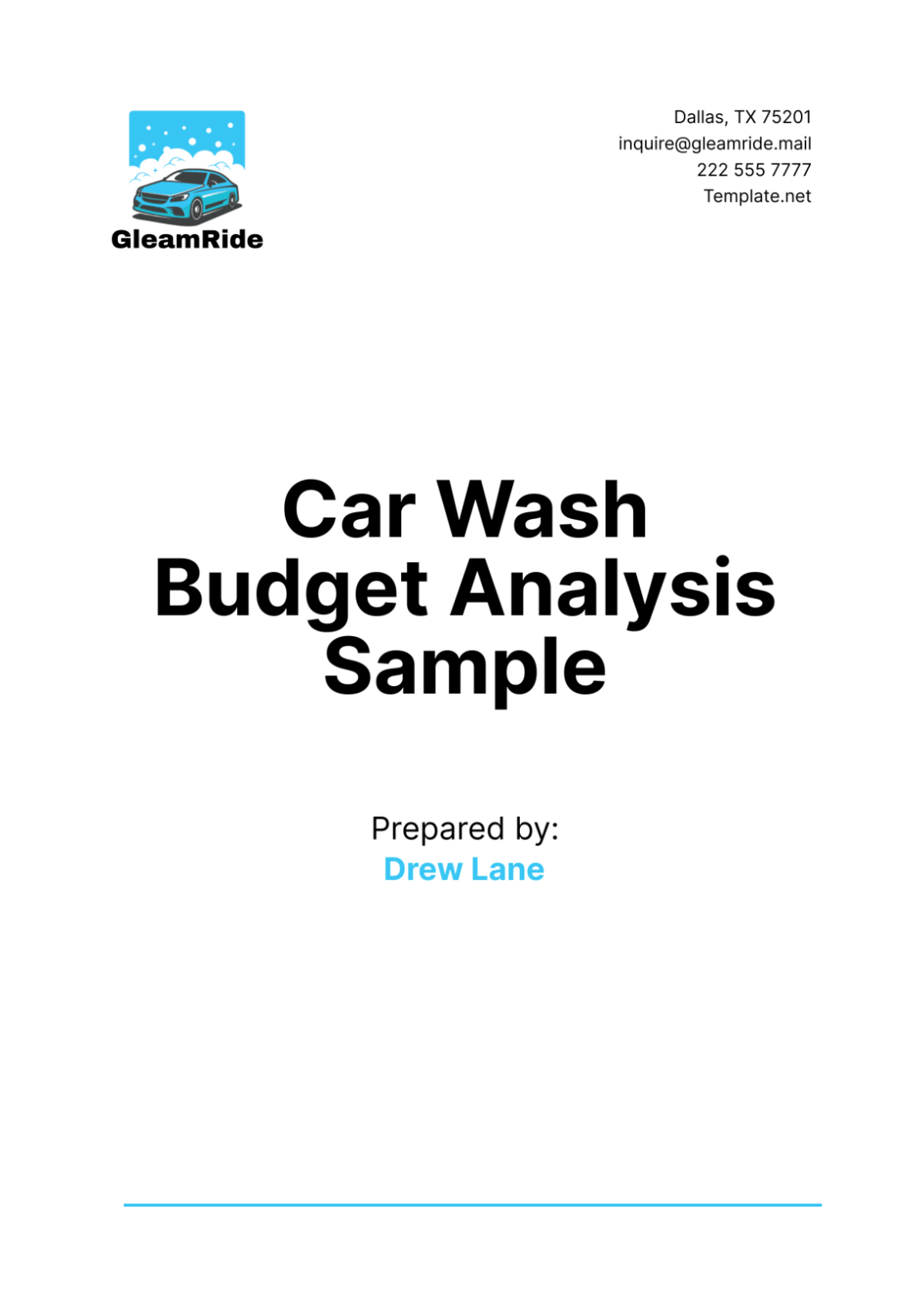Marketing Budgetary Recommendations after Campaign Analysis
Introduction
This document presents budgetary recommendations derived from a thorough analysis of our recent marketing campaign, codenamed "[Campaign Name]." Our primary objective is to provide informed insights that will guide our budget allocation for future marketing endeavors. By strategically utilizing our resources, we aim to maximize the return on investment (ROI) and optimize campaign performance.
Campaign Overview
Campaign Name | [Campaign Name] |
Campaign Period | [Month Day, Year] to [Month Day, Year] |
Objective | [Boost sales during the holiday season, targeting both our existing customer base and new prospects.] |
Key Metrics
Total Revenue | $[0] |
Conversion Rate | [0]% |
Click-Through Rate (CTR) | [0]% |
Marketing Cost | $[0] |
Analysis and Insights
A. Campaign Performance
The [Campaign Name] campaign exceeded expectations in terms of revenue, with total sales reaching $ [000,000]. However, the conversion rate of [0.0]% indicated a gap in the optimization of potential leads.
B. Audience Segmentation
Audience segmentation yielded substantial results. Customers who engaged with the email newsletter showed a higher conversion rate compared to social media leads. Fine-tuning segmentation criteria could further improve campaign outcomes.
C. Content and Creatives
The campaign's festive creatives and emotionally resonant content were well-received, contributing significantly to the high click-through rate. Further investment in content quality is recommended.
D. Channel Performance
The email marketing channel outperformed other channels in terms of both conversion rate and click-through rate. Paid social media advertising showed potential, but it requires refinement.
E. Budget Utilization
The campaign operated within the allocated budget of $ [000,000], with no overages. Some budget was unspent due to lower-than-anticipated costs in the paid advertising segment.
Budgetary Recommendations
1. Adjust Allocation
Based on the performance analysis, we recommend a slight shift in budget allocation. Increase the email marketing budget by [00]%, and allocate an additional [0]% to paid social media advertising.
2. Content and Creatives
Allocate an extra $ [0,000] for content development and creative enhancements. This should cover professional design and copywriting services to elevate the campaign's visual and narrative appeal.
3. Testing and Experimentation
Set aside $ [0,000] for A/B testing and experimentation. Real-time optimization will allow us to identify the most effective strategies and promptly implement changes.
4. Audience Segmentation
Dedicate $ [0,000] to further refine audience segmentation. Invest in data-driven insights to ensure a more accurate targeting approach.
5. Channel Optimization
Allocate an additional $[0,000] to optimize the paid social media advertising channel. This investment will cover ad placement strategies and creative content development to boost its performance.
6. Technology and Tools
Invest $ [0,000] in marketing technology and tools. This will include advanced analytics tools for better campaign tracking and performance measurement.
Implementation Plan
January 2051 | Increase email marketing budget |
[Month Year] | Allocate funds for content and creative improvement |
[Month Year] | Implement A/B Testing and experimentation |
[Month Year] | Refine audience segmentation |
[Month Year] | Enhance paid social media advertising |
[Month Year] | Invest in marketing technology and tools |
Conclusion
Effective budget allocation, based on insights from the [Campaign Name] campaign analysis, is essential for achieving our marketing objectives. By following these budgetary recommendations and the implementation plan, we are confident that future campaigns will perform even better, resulting in higher ROI and a more significant impact.
For any questions or further information regarding these recommendations, please contact [Employee Name] at [Employee Email]



